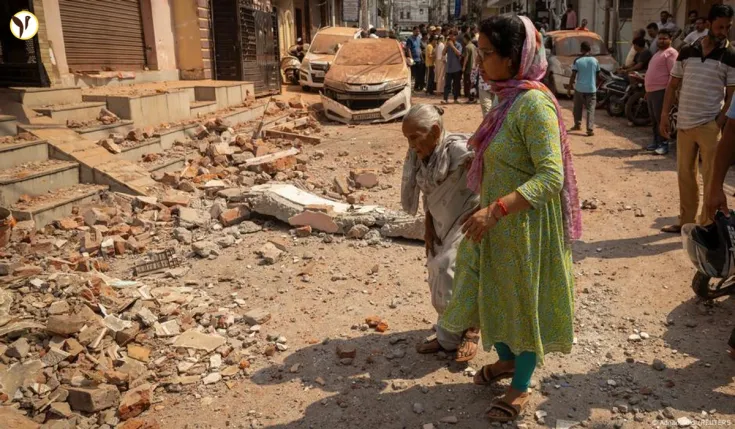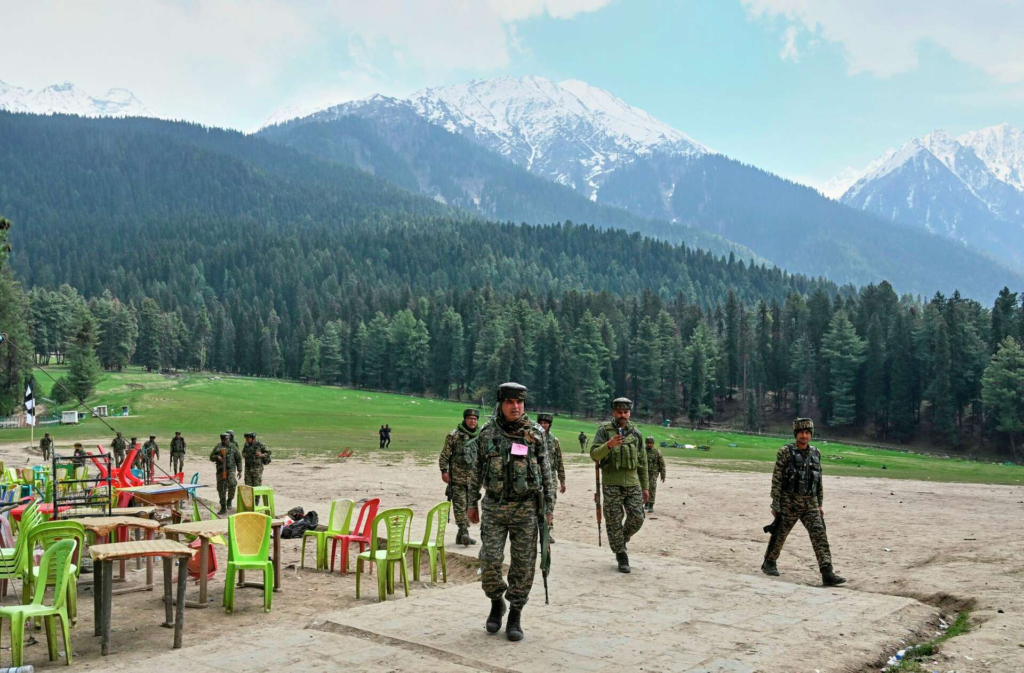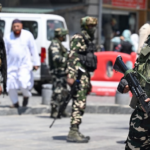Introduction
In 2025, Kashmir is once again at the epicenter of rising geopolitical tensions. The fragile peace between India and Pakistan, two nuclear-armed neighbors, is fraying as violence along the Line of Control (LoC) intensifies. With recent militant attacks, cross-border firing, and diplomatic fallout, fears of a broader war are resurfacing. In this blog, we explore the top 5 reasons why tensions in Kashmir are sparking fears of war right now.




1. Spike in Cross-Border Attacks
The first major reason for concern is the sharp rise in cross-border firing and infiltration attempts. Since the start of 2025, Indian and Pakistani troops have exchanged fire across the LoC on multiple occasions. India has blamed Pakistan-backed militants for recent attacks in Indian-administered Kashmir, including a deadly ambush in Kupwara district. These incidents risk triggering broader military retaliation.
2. Breakdown of Ceasefire Agreements
While India and Pakistan agreed to a ceasefire in early 2021, the agreement has effectively collapsed in recent months. Officials on both sides have accused the other of violating the pact. The erosion of this diplomatic framework makes it harder to contain skirmishes before they escalate into a full-scale conflict.
3. Political Pressure on Both Governments
Domestic politics are also fueling aggressive posturing. In India, the ruling party faces pressure to respond forcefully to perceived threats from across the border. Similarly, Pakistan’s military establishment, which plays a dominant role in national security policy, is unlikely to back down amid rising nationalist sentiment. This political climate increases the risk of miscalculation or overreaction.
4. Involvement of Armed Militants
The resurgence of insurgent groups like Lashkar-e-Taiba and Jaish-e-Mohammed in Kashmir has added a volatile layer to the situation. These groups are believed to have support networks in Pakistan and have carried out multiple high-profile attacks. Their actions not only destabilize the region but also complicate peace efforts by drawing military responses that further inflame tensions.
5. Lack of Diplomatic Dialogue
Perhaps most concerning is the absence of meaningful diplomatic engagement between India and Pakistan. Talks have remained stalled for years, with no backchannel communications reported recently. Without dialogue, there is little hope of de-escalation or conflict prevention—especially when military flashpoints arise with increasing frequency.
Conclusion
The Kashmir conflict has long been a flashpoint in South Asia, but the current situation is particularly dangerous. With frequent border clashes, rising militant activity, and the breakdown of diplomatic channels, fears of war are not unfounded. For peace to prevail, urgent steps must be taken to restore communication, uphold ceasefire commitments, and de-escalate tensions before another crisis erupts.
Related Read: Pakistan Suspends Visas for Indians After Kashmir Attack
Stay tuned for more updates on South Asian geopolitics and conflict zones. Subscribe to our newsletter for weekly analysis and insights.









